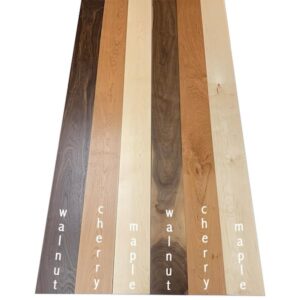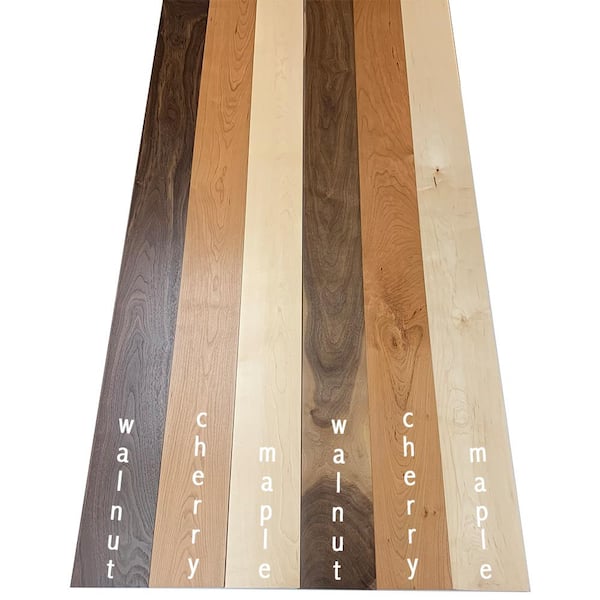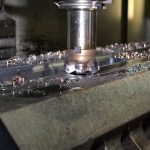Best Woods for Lathe Turning: A Guide for Woodturners
Choosing the best wood for lathe turning is essential for creating beautiful, high-quality projects. Different woods offer various characteristics such as grain patterns, hardness, and ease of turning, which makes selecting the right material crucial depending on your project. Below, we explore some of the best woods for woodturning, offering insights into what makes each type unique.

1. Maple
Maple is one of the most popular choices for woodturning, thanks to its fine grain and smooth texture. It is a hardwood that provides excellent detail and can be finished with a smooth, polished look. It’s ideal for items like bowls, spindles, and furniture components.
- Pros: Strong, durable, smooth grain
- Best for: Bowls, furniture legs, and intricate designs
2. Walnut
Walnut is another highly favored hardwood for lathe turning, particularly for its dark, rich color and distinctive grain. It’s a bit softer than maple but still provides durability. Walnut works well for both spindle and faceplate turning, making it great for vases, bowls, and decorative pieces.
- Pros: Beautiful color, easy to turn, distinctive grain
- Best for: Decorative pieces, vases, bowls
3. Cherry
Cherry wood is beloved for its reddish-brown color, which deepens over time. It turns well and has a fine grain, making it perfect for projects that require smooth finishes. Cherry is often used for furniture components and small decorative items like bowls and platters.
- Pros: Rich color, smooth finish, ages beautifully
- Best for: Bowls, platters, furniture parts
4. Ash
Ash is a strong, flexible hardwood with a coarse, open grain. It’s often used in tool handles and baseball bats due to its shock resistance. For woodturners, ash is ideal for projects requiring durability and flexibility, such as tool handles and large, functional items.
- Pros: Durable, flexible, shock-resistant
- Best for: Tool handles, large functional items
5. Boxwood
Boxwood is a dense, fine-grained wood that is excellent for detailed turning. Its smooth texture makes it ideal for precision projects, such as chess pieces or small ornaments. However, its density can make it more challenging to work with, especially for beginners.
- Pros: Dense, fine grain, excellent for intricate work
- Best for: Detailed projects, chess pieces, ornaments
6. Mahogany
Mahogany is a soft to medium hardwood with a straight grain, making it relatively easy to turn. It’s prized for its reddish-brown color and is commonly used in high-end furniture and decorative objects. Mahogany is also excellent for beginners due to its workability.
- Pros: Easy to work with, beautiful color, great for beginners
- Best for: Furniture, decorative items, bowls
7. Oak
Oak is a strong, coarse-grained hardwood that turns well but can be a bit tricky due to its open grain. However, it’s incredibly durable and provides a stunning finish, especially for larger pieces. White oak, in particular, is popular among woodturners for items like bowls and furniture legs.
- Pros: Durable, strong, excellent for larger projects
- Best for: Bowls, furniture legs, large items
Conclusion
When choosing wood for lathe turning, the best type depends on your project goals, experience level, and desired finish. Hardwoods like maple, walnut, and cherry provide durability and beauty, while softer woods like ash and mahogany are great for functional items and easier to work with. Understanding the unique properties of each type of wood will help you achieve the best results in your woodworking projects.
If you’re looking to enhance your woodturning skills or take on new projects, selecting the right wood is the first step toward success


